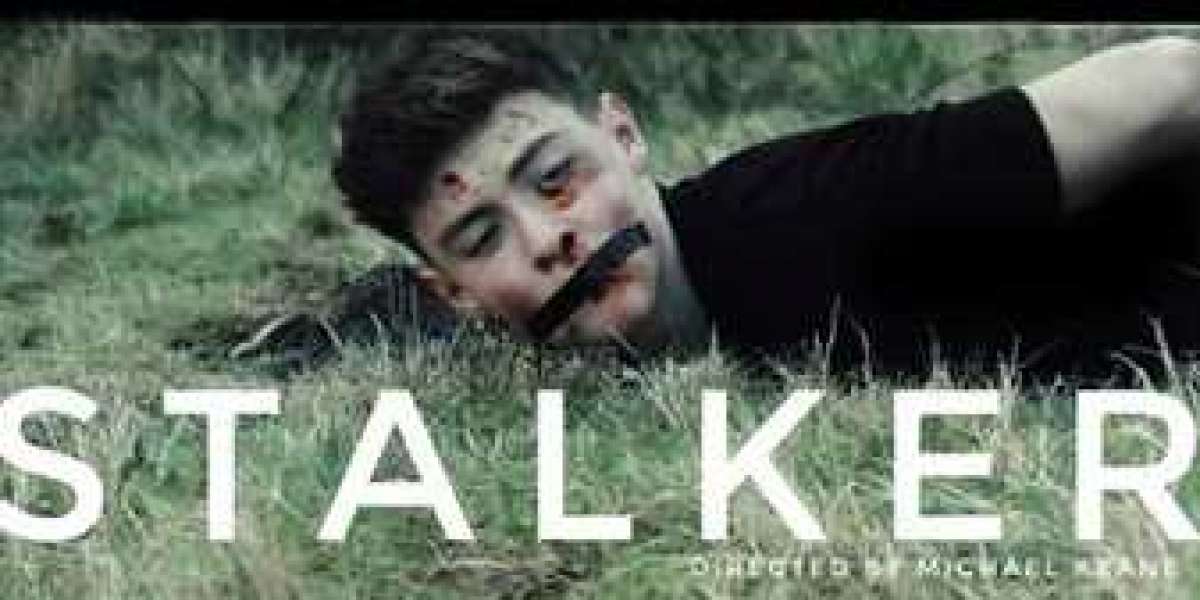Stalker short film review
From Steven Spielberg’s underrated classic Duel to the excruciatingly gripping Black Mirror episode ‘Shut Up and Dance’, the invisible antagonist trope has become an effectively suspenseful albeit somewhat cliché feature within the . Nevertheless, Michael Keane’s chaotically assembled Stalker generates an uncomfortable viewing experience for all the wrong reasons.
Director Kean stars as a man who is ostensibly hiking alone in a desolate countryside Thriller movie. However, through a series of anonymous text messages, it swiftly transpires that he is being followed by an unseen presence. Although it is never made clear why the walker is being pursued, he cannot escape the domain of his eponymous stalker alive.
Constructing a film solely upon a singular onscreen protagonist is an undeniably bold feat. Indeed, many filmic examples of an inconspicuous yet omnipresent evil such as It Follows also incorporate a larger cast to solidify its threat. On the other hand, Keane entrusts his own performance alongside a mobile phone to transmit the dread that the lurking aggressor represents in Stalker. Whilst this is an ambitious decision on the actor-director’s part, Keane’s self-confidence is warranted as the resultant acting sufficiently conveys his character’s fear throughout the narrative. More impressively however is his ability to avoid the error of many horror films which digress into a farcical attempt to express terror through exaggerated performances.
Notwithstanding, even as Keane’s acting remains formidable throughout Stalker, any intensity is simultaneously diminished through his misguided filmmaking sensibilities. For instance, works which successfully incorporate the unseen villain trope typically avoid expressive filmmaking techniques such as editing and cinematography. As a result, the evil is rendered more frightening as it is made to feel as though it occupies the same reality as the spectator’s own. Conversely, Keane opts to amplify his character’s subjectivity through frantic editing, use of non-diegetic sounds including electrical discharge, and frame warping. Whereas this had potential to innovatively distinguish Stalker from thematically similar films, their abrasive and illogical inclusion instead produces an uncomfortable cacophony of the senses.








